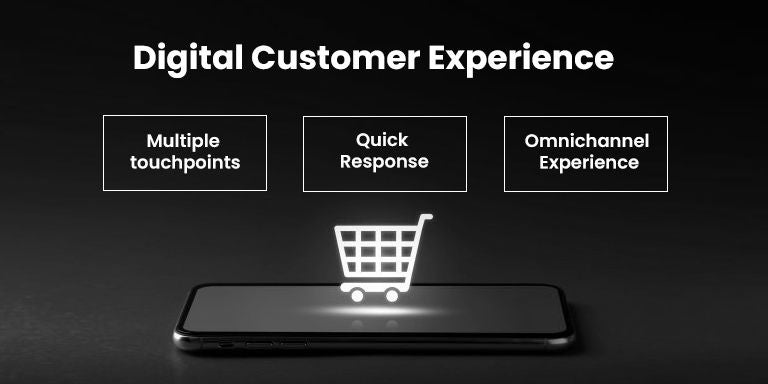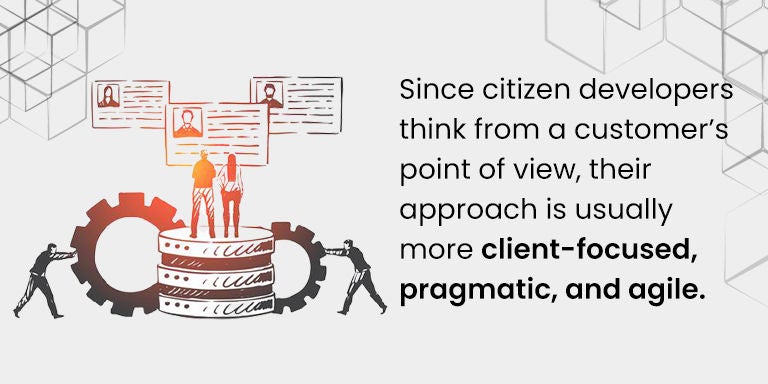The digital world revolves around customer experiences.
According to a Walker study, customer experience will supersede price and product as the key brand differentiator in the coming years. For new-age customers, a personalized online experience is more important than paying a product price. Thus, a business needs to prioritize agility, scalability, and rapid development of digital solutions to ensure that it can keep up with changing customer needs.
Typically, a traditional software development cycle takes at least 4-9 months to complete. As a result, it becomes difficult to respond to new market trends and consumer demands immediately. By the time you update a digital solution, customers have already moved on to another feature.
And this is where low-code development comes in!
With low-code technology like OutSystems, you could reduce development time and quickly adapt to online behavioural changes, thus boosting customer engagement. It empowers brands to build customer-centric solutions that deliver personalized experiences.
So, if you’re looking for a technology that could keep up with the pace of changing customer needs, then OutSystems is your answer.
In this article, we discover the potential role that low-code platforms like OutSystems could play in ensuring memorable customer experiences in the age of ever-changing consumer needs.
Let’s begin by looking at factors that influence customer experience and how low-code impacts them.
What Is Digital Customer Experience?
In simple words, customer experience refers to the overall perception of your brand or business in the customers’ psyche. From visiting your store or website to interacting with your representative, everything comes together to define customer experience.
But thanks to the internet and digitization, the world has now gone beyond physical stores and in-person discussions. As per reports, the number of internet users worldwide has reached 4.72 billion, more than 60% of the world’s total population.
Here’s what this rise in digitization means for businesses:
- Your products can now cross geographical boundaries, reach wider target markets and, in turn, bring more revenue.
- Studies suggest that 89% of consumers admit that they are more likely to buy from a brand they follow on social media. That means you no longer have to wait for a prospective customer to walk into a store to create an impression – you can now interact and reach them at the comfort of their homes via digital media.
- Customer service is not time-bound anymore. You can remain available to your customers round the clock with virtual chatbots and social media handles. In fact, most customers now prefer self-service by going through company FAQs, social media groups, and quick tutorials.









